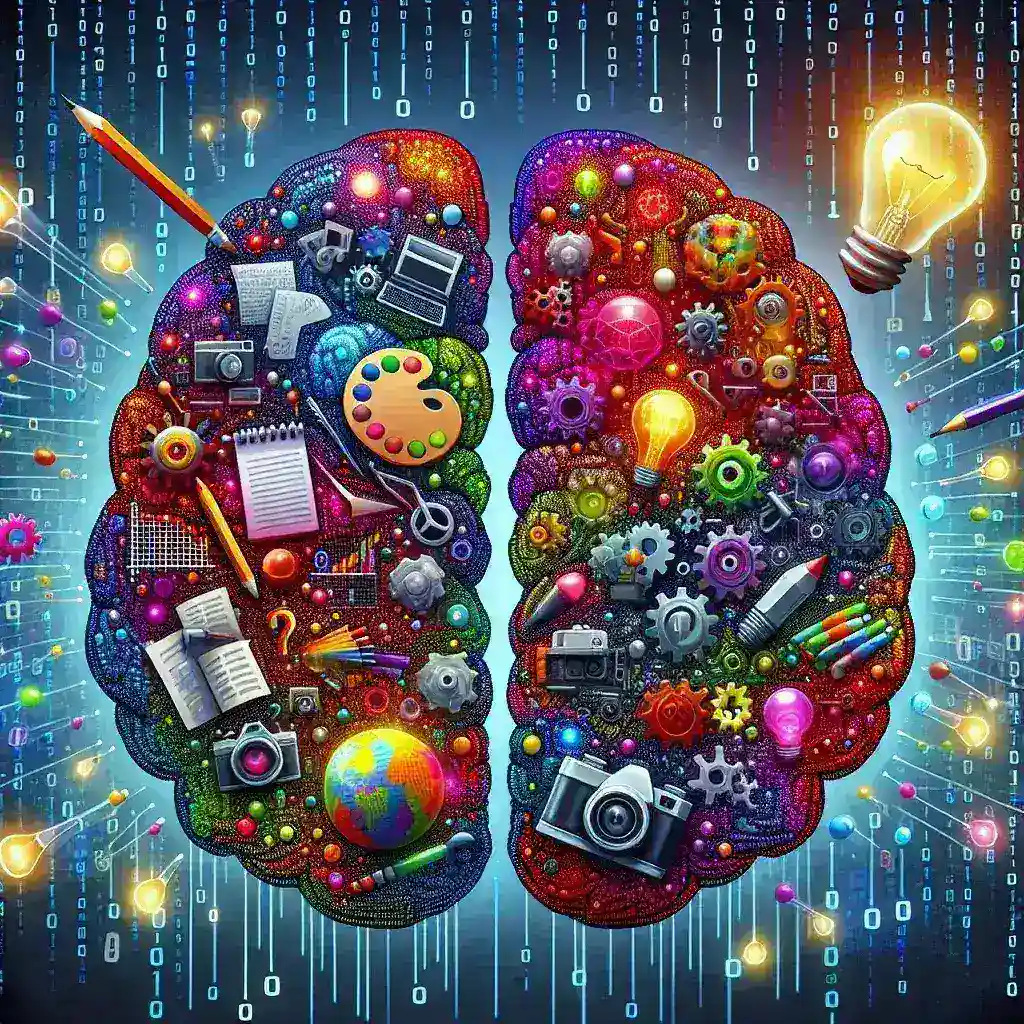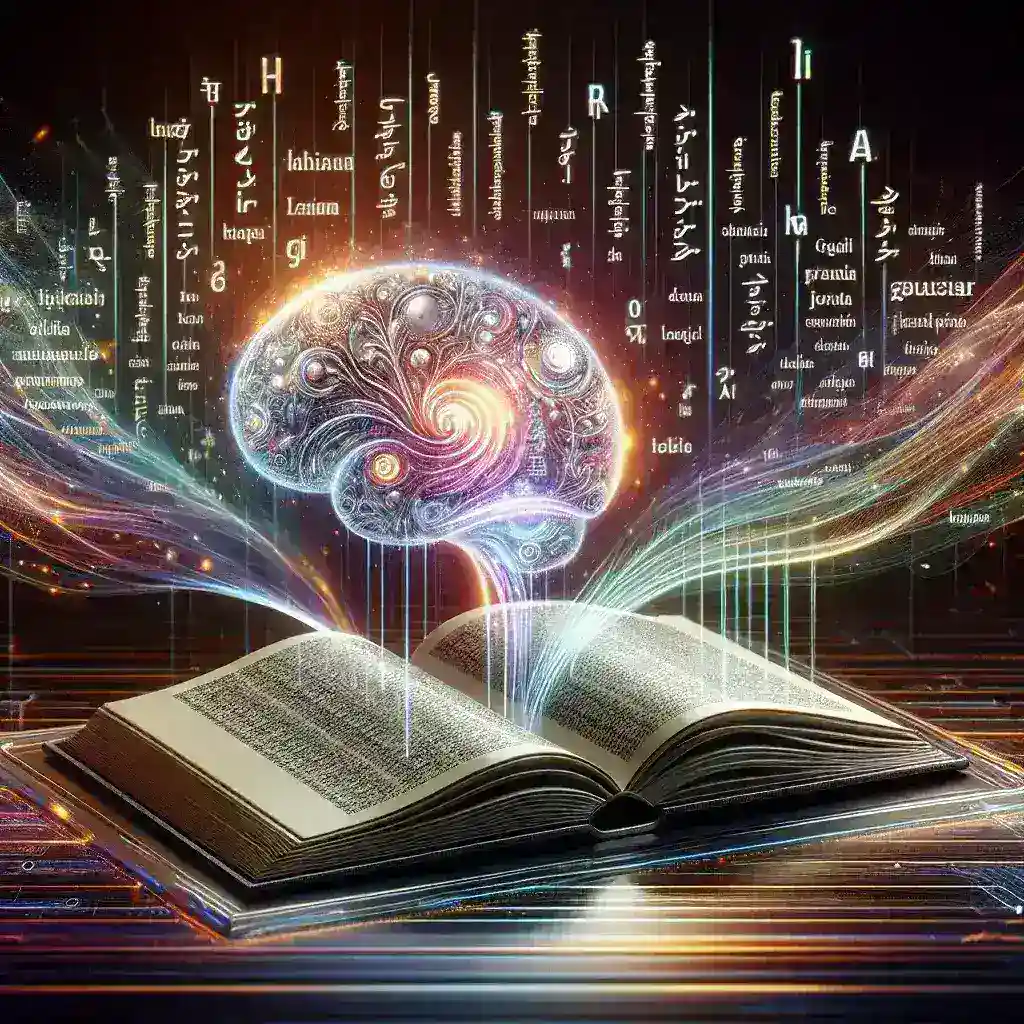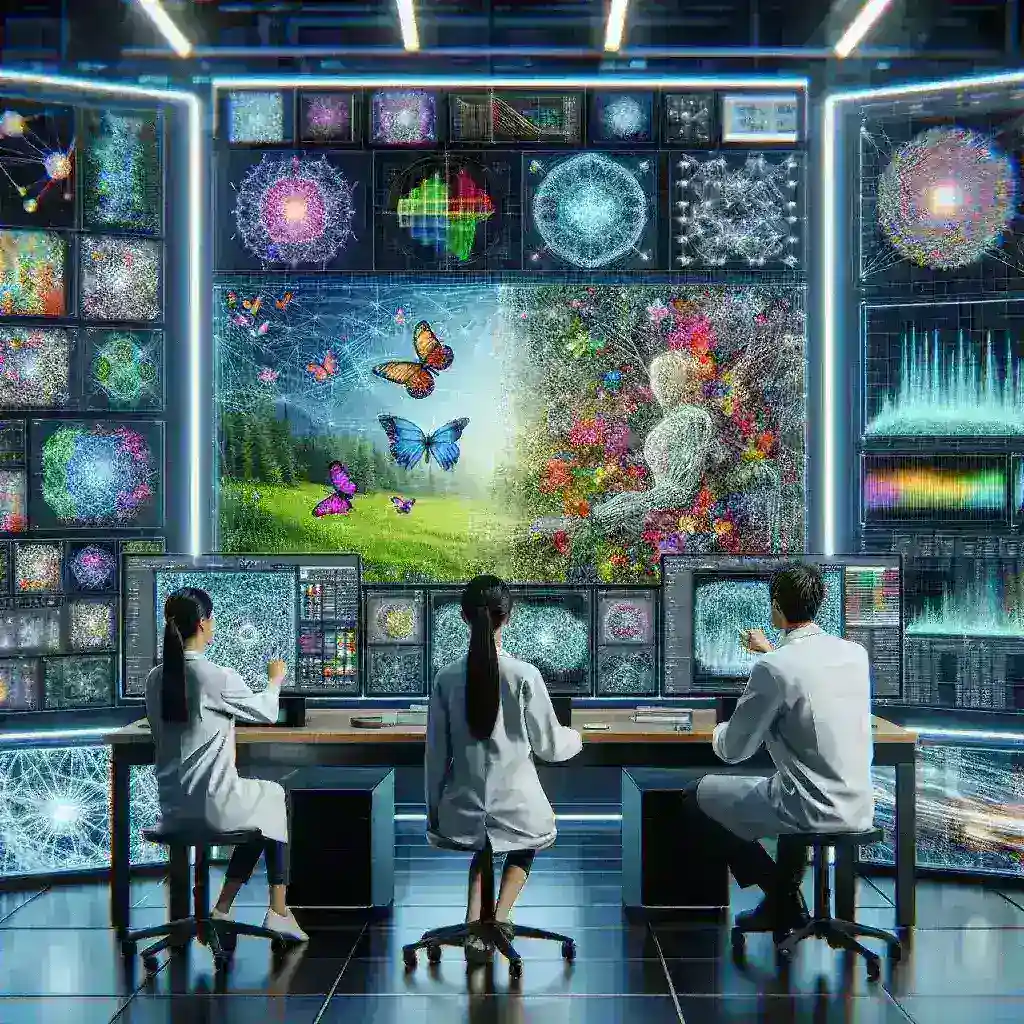In today’s rapidly evolving digital landscape, creativity and innovation have become the cornerstone of success across industries. Whether you’re an entrepreneur launching a startup, a designer crafting the next breakthrough product, or a marketing professional developing compelling campaigns, having the right tools at your disposal can make the difference between mediocre ideas and revolutionary concepts.
The Evolution of Creative Tools in the Digital Age
The creative process has undergone a dramatic transformation over the past decade. Traditional brainstorming sessions with sticky notes and whiteboards, while still valuable, have been enhanced and sometimes replaced by sophisticated digital platforms that can process vast amounts of information, identify patterns, and suggest novel connections that human minds might overlook.
Modern creative professionals now have access to an unprecedented array of tools that can amplify their natural creative abilities and streamline the innovation process. These tools don’t replace human creativity; instead, they serve as powerful catalysts that help individuals and teams explore new possibilities, overcome creative blocks, and bring ideas to life more efficiently than ever before.
AI-Powered Brainstorming and Ideation Platforms
Artificial intelligence has revolutionized the way we approach creative thinking. Platforms like MindMeister, Ayoa, and IdeaFlip leverage machine learning algorithms to enhance traditional brainstorming sessions. These tools can analyze your input, suggest related concepts, and even generate entirely new ideas based on patterns in your data.
Key features of AI-powered ideation tools include:
- Automated idea generation based on keywords and themes
- Pattern recognition that identifies unexpected connections
- Collaborative features that allow teams to build on each other’s ideas in real-time
- Integration with research databases and trend analysis
- Visual mapping capabilities that help organize complex thought processes
These platforms have proven particularly valuable for product development teams, where the ability to rapidly generate and evaluate multiple concepts can significantly accelerate the innovation timeline.
Visual Design and Prototyping Solutions
The journey from concept to reality has been dramatically shortened thanks to advanced visual design and prototyping tools. Platforms such as Figma, Adobe Creative Cloud, and Sketch have transformed how designers and innovators bring their ideas to life.
Modern prototyping tools offer several advantages over traditional methods. They enable rapid iteration, allowing creators to test multiple versions of an idea quickly and cost-effectively. Real-time collaboration features mean that team members can provide feedback and make adjustments simultaneously, regardless of their physical location.
Notable benefits include:
- Drag-and-drop interfaces that require minimal technical expertise
- Extensive libraries of templates and design elements
- Version control systems that track changes and enable easy rollbacks
- Integration with user testing platforms for immediate feedback
- Export capabilities for various formats and platforms
Collaborative Innovation Platforms
Innovation rarely happens in isolation. The most groundbreaking ideas often emerge from the intersection of different perspectives, skills, and experiences. Collaborative platforms like Miro, Slack, and Microsoft Teams have become essential tools for fostering creative collaboration across distributed teams.
These platforms go beyond simple communication, offering specialized features designed to enhance creative collaboration. Interactive whiteboards, mind mapping tools, and structured brainstorming templates help teams organize their thoughts and build on each other’s ideas systematically.
Research from MIT’s Collective Intelligence Research Initiative has shown that diverse teams using collaborative digital tools can generate up to 40% more innovative solutions compared to traditional face-to-face meetings. This finding underscores the importance of choosing the right collaborative platform for your creative endeavors.
Data Analytics and Trend Identification Tools
Innovation often requires understanding market trends, consumer behavior, and emerging opportunities. Advanced analytics tools like Google Trends, SEMrush, and specialized industry databases provide creators with valuable insights that can inform their creative decisions.
These tools can identify emerging patterns, predict future trends, and highlight gaps in the market that represent opportunities for innovation. By combining data-driven insights with creative thinking, innovators can develop solutions that are both imaginative and commercially viable.
Leveraging Social Media Intelligence
Social media platforms have become treasure troves of consumer insights and emerging trends. Tools like Brandwatch, Hootsuite Insights, and Sprout Social can analyze millions of social media conversations to identify emerging themes, sentiment patterns, and unmet needs.
This real-time feedback loop allows innovators to stay ahead of the curve and develop solutions that resonate with their target audience. The ability to test concepts and gather feedback through social media has democratized the innovation process, making it accessible to individuals and small teams who previously lacked resources for extensive market research.
Virtual and Augmented Reality for Immersive Creativity
Virtual Reality (VR) and Augmented Reality (AR) technologies are opening new frontiers in creative expression and innovation. Platforms like Tilt Brush, Gravity Sketch, and Mozilla Hubs allow creators to work in three-dimensional spaces, manipulating objects and environments in ways that were previously impossible.
These immersive technologies are particularly valuable for architects, product designers, and entertainment professionals who need to visualize complex three-dimensional concepts. The ability to step inside a design and experience it from multiple perspectives can reveal insights and opportunities that traditional 2D tools might miss.
Automation Tools for Creative Workflows
While creativity itself cannot be automated, many of the routine tasks that surround the creative process can be streamlined through automation. Tools like Zapier, IFTTT, and Adobe’s automation features can handle repetitive tasks, freeing creators to focus on high-value creative work.
Common automation applications include:
- File organization and backup systems
- Social media posting and content distribution
- Data collection and analysis
- Project management and deadline tracking
- Asset optimization and format conversion
Mobile Apps for On-the-Go Creativity
Inspiration doesn’t follow a schedule, and the best creative tools are those that are available whenever and wherever ideas strike. Mobile applications like Procreate, Adobe Photoshop Express, and voice recording apps ensure that creators can capture and develop ideas regardless of their location.
The convenience of mobile creativity tools has led to a new phenomenon where some of the most innovative ideas emerge during commutes, lunch breaks, or other unexpected moments. The key is having the right apps installed and knowing how to use them effectively when inspiration strikes.
Building Your Personal Creative Technology Stack
With so many tools available, the challenge often lies in selecting the right combination for your specific needs and workflow. The most effective approach is to start with core tools that address your primary creative challenges and gradually expand your toolkit as your needs evolve.
Consider factors such as integration capabilities, learning curves, collaboration requirements, and budget constraints when building your creative technology stack. The goal is to create a seamless workflow where tools complement each other rather than creating additional complexity.
Future Trends in Creative Technology
The landscape of creative tools continues to evolve rapidly. Emerging technologies like quantum computing, advanced AI models, and brain-computer interfaces promise to further transform how we approach creativity and innovation.
Machine learning algorithms are becoming increasingly sophisticated at understanding human creativity patterns and providing more nuanced suggestions. We can expect to see tools that not only help generate ideas but also predict their potential success and suggest optimization strategies.
Maximizing the Impact of Creative Tools
Having access to powerful tools is only the beginning. The real value comes from understanding how to integrate these tools into effective creative processes. This requires developing digital literacy, staying updated with new features and capabilities, and most importantly, maintaining a balance between technological assistance and human intuition.
Successful innovators understand that tools are enablers, not replacements for human creativity. The most groundbreaking innovations emerge when human imagination is amplified by thoughtfully selected and skillfully applied technology.
The future belongs to those who can harness the power of creative tools while maintaining their unique human perspective and vision. By building a comprehensive toolkit and developing the skills to use it effectively, creators can unlock new levels of innovation and bring their most ambitious ideas to life.



